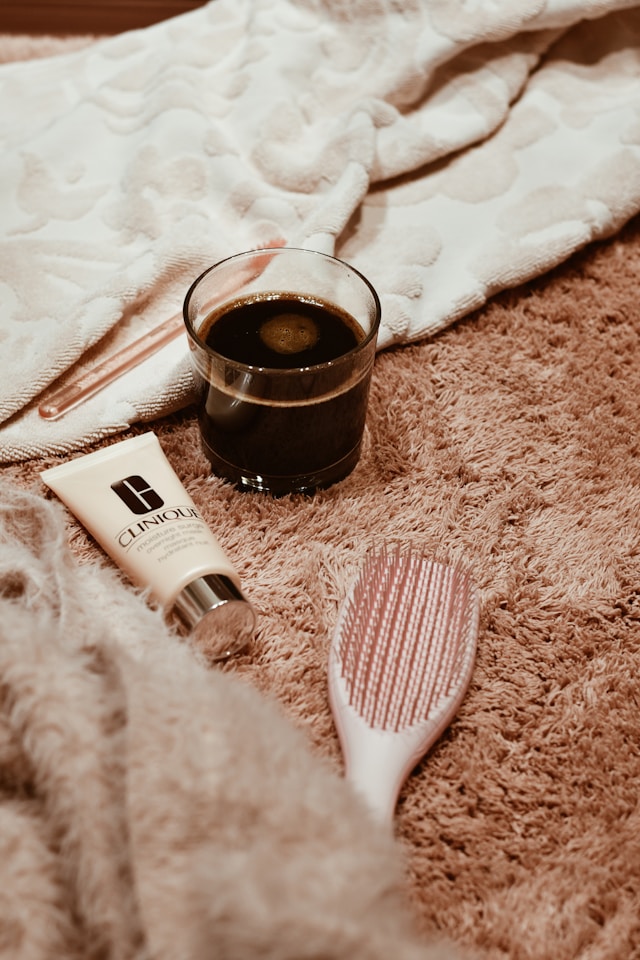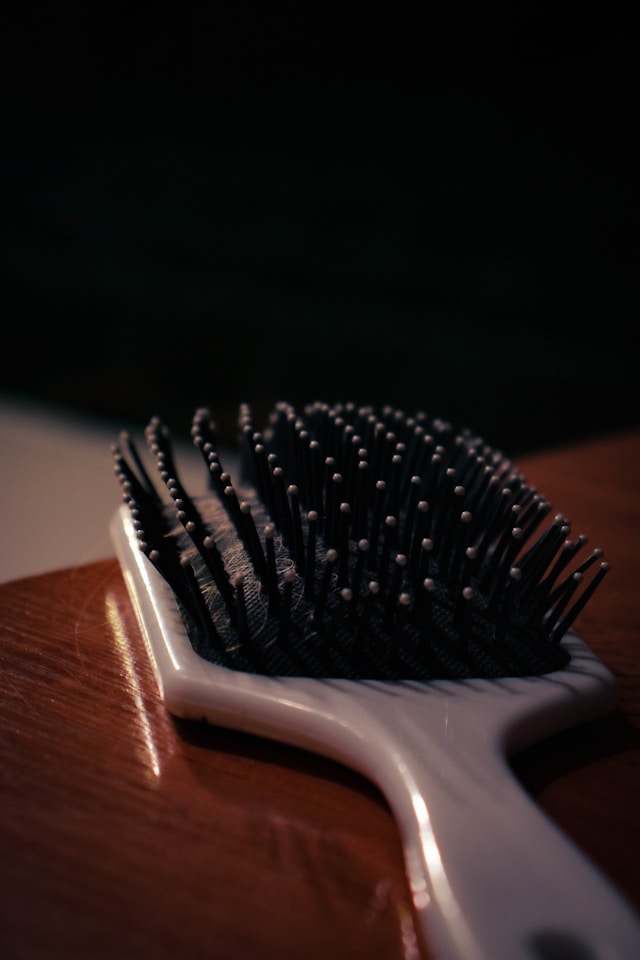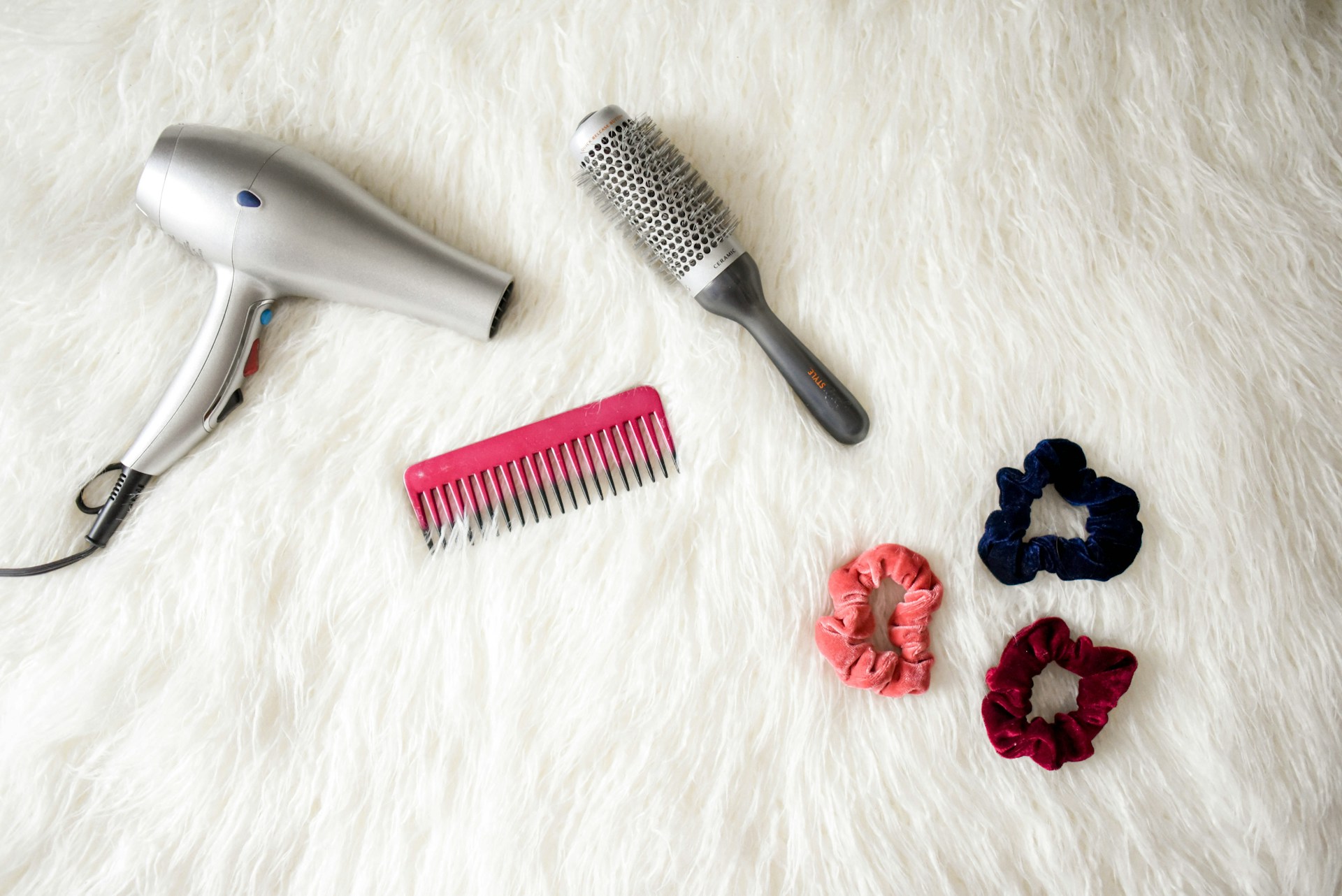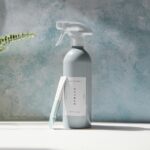How to Clean Hair Brushes (Without Losing Your Cool)
Let’s be honest: when’s the last time you actually cleaned your hair brush? If your answer is somewhere between “uhh…” and “never,” don’t worry—you’re not alone.
Most of us just keep brushing until the poor thing looks like it’s wearing a tiny wig made of dust, lint, and half of last month’s conditioner. Gross, right?
The good news? Cleaning your brush doesn’t take much effort. And once you know the tricks, you’ll wonder why you didn’t start sooner. Let’s break it down.

Step 1: Get the Hair Out
Obvious? Yes. Easy? Not always. If your brush looks like it has grown its own hairstyle, start here.
- Fingers first: Pull out as much hair as you can by hand.
- Use scissors: For stubborn, wrapped-around hair, snip through it vertically and pull it out in sections. (Feels oddly satisfying, btw.)
- Try a comb: A tail comb or even a pen works to hook and lift hair from the bristles.
Pro tip: if you have pets, don’t be shocked if you find more of their fur than your own.
Step 2: Make a Cleaning Solution
You don’t need fancy brush cleansers from the beauty aisle (though they exist). Good old soap and water usually do the job.
Fill a bowl or sink with warm water and add a few drops of shampoo or gentle dish soap. Why shampoo? Because it’s literally designed to clean oils and buildup from hair—so, duh, it works on brushes too.
Want to go hardcore? Add a splash of baking soda for extra degreasing power. Think of it as exfoliation for your brush.

Step 3: Wash That Brush
Now comes the fun part: actually cleaning the thing.
- Plastic brushes: Dunk them right in. Swirl them around, scrub the base and bristles with an old toothbrush, and watch the gunk dissolve.
- Wooden brushes or cushioned pads: Don’t soak them completely. Dip just the bristles in your solution, and clean carefully with a toothbrush or cloth. Too much water can warp the wood or mess with the glue holding everything together.
Take your time here—it’s weirdly therapeutic to see your brush go from grimy to shiny again.
Step 4: Rinse Like You Mean It
Once you’ve scrubbed, rinse the brush under running water to remove soap and loosened dirt. If you see little white flakes or leftover conditioner clinging to the bristles, keep rinsing.
For wooden or delicate brushes, just use a damp cloth to wipe everything down instead of holding it under the faucet.
Step 5: Dry Properly
You’ve made it this far—don’t ruin your brush now. Shake off excess water, then place your brush bristle-side down on a clean towel. Why? Because if water seeps into the base, it can cause mold (and brushing mold into your hair is not the aesthetic you’re going for).
Leave it to air dry completely before using it again. Depending on your brush, this could take a few hours, so maybe don’t clean it right before a big night out.

Step 6: Don’t Forget the Combs
Yes, combs need cleaning too. They collect the same oil, dirt, and lint as brushes. Luckily, they’re easier to deal with—just toss them in your soapy water, scrub, rinse, and dry. Done.
How Often Should You Clean Your Hair Brush?
This is where most people fall short. Cleaning once every six months? Not enough.
- If you use a lot of styling products: Clean once a week. Gels, hairsprays, and dry shampoos build up fast.
- If you’re low-maintenance: Every 2–3 weeks is fine.
- If you share with a dog or partner: Honestly, just clean it more often. No one wants to swap scalp oil.
Think of it like washing your pillowcases—you wouldn’t sleep on the same dirty case forever (I hope). Same deal with your brush.
Extra Tips for a Super Clean Brush
- Disinfect occasionally: Soak the bristles in a mix of one part vinegar to two parts water. It kills bacteria and keeps things fresh.
- Handle dandruff carefully: If you’re dealing with flakes, wash brushes more often, since they collect faster than you think.
- Buy the right brush: Some brushes are just easier to clean than others. If you’re struggling, maybe it’s time to upgrade.
Why Bother Cleaning Anyway?
I get it—you’re busy, and cleaning a hair brush isn’t exactly thrilling. But here’s why it matters:
- Healthier hair: A dirty brush just redistributes old oil and product into your clean hair. Gross.
- Longer brush life: Clean brushes don’t fall apart as quickly.
- Less scalp irritation: Gunked-up brushes can cause buildup on your scalp, leading to itchiness.
- Better styling: A clean brush glides through hair more easily, which means less tugging and fewer breakages.
And honestly? It just feels good. Like washing your car or deep-cleaning the kitchen—you don’t realize how bad it was until it’s sparkling again.
Final Thoughts
Hair brushes are like the unsung heroes of our routines. They deal with everything—tangles, product, oils, pet fur—and they do it silently without complaint. The least we can do is give them a little bath now and then.
So, the next time you’re brushing your hair and notice the bristles looking a little… fuzzy? Don’t ignore it. Pull out the hair, give it a soak, scrub it down, and let it dry. Your hair (and your scalp) will thank you.
And hey, if your dog steals your brush mid-cleaning session? Maybe it’s a sign you should clean theirs too. 😉

I’ve spent 10+ years in dog training, digging into what makes dogs (and their humans) tick. At Smart Dog Learning, I share my no-nonsense, fun approach to training so you can enjoy life with a well-behaved, happy pup—no boring lectures, just practical results 😉





